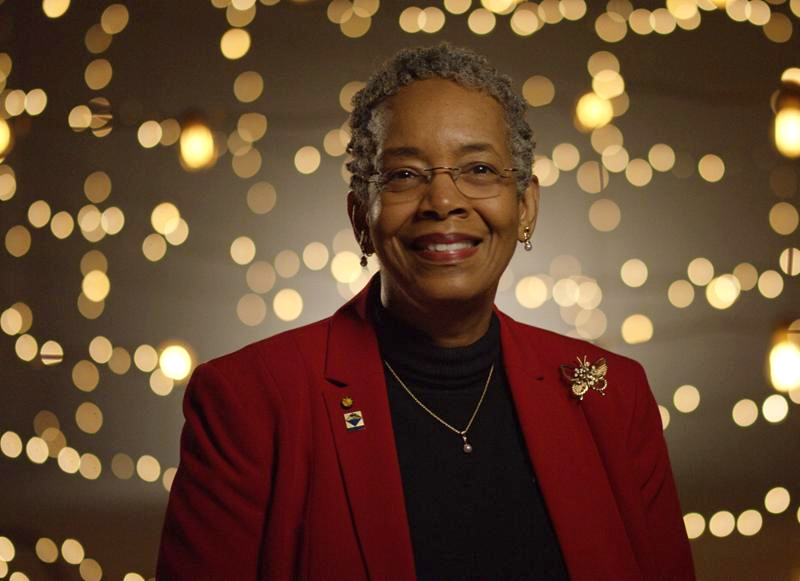Best Practices for Community Based Learning
DOI:
https://doi.org/10.13021/G8itlcp.10.2018.2149Abstract
Community Based Learning (CBL) is a pedagogy that is encompassed in the broader spectrum of the scholarship of engagement, which also includes experiential education, undergraduate research, community-based research, and stronger relationships between academic institutions, their work, and local communities. CBL can present benefits and challenges to students, faculty and partners. However, understanding community needs and creating effective partnerships is critical to this work and can allow your course to make true community impact. Participants will be able to describe the steps needed to effectively construct a CBL course and be able to list and locate the tools, resources, and required documents to create a CBL course.
_____________________________________________________________
FULL ABSTRACT:
Community Based Learning (CBL) is a pedagogy that is encompassed in the broader spectrum of the scholarship of engagement, which also includes experiential education, undergraduate research, community-based research, and stronger relationships between academic institutions, their work, and local communities. As an experiential learning pedagogy, CBL is also related to other forms of active learning, such as internships, however it is unique in that it integrates academic learning objectives with goals for social responsibility and civic values, which many institutions of higher education, including George Mason University, promote. In order to realize the student and community benefits of CBL, the research has shown that high quality implementation of the pedagogy matters. This training will allow faculty members to increase their knowledge of CBL and incorporate best practices to increasing student learning outcomes as well as adding value to and building the capacity of community work.
The wrong way to approach CBL is to think of the project as bestowing a benefit on the community, or as doing outreach to the community. A better goal is to strive to have students think of themselves as being members of the community â we are doing with, not us doing for them. In a true partnership, everyone plays a role in creating the goal, devising the plan, contributing to the work and benefitting from it.
Understanding community needs and creating effective partnerships is critical to this work. Through an understanding of best practices faculty, students and community partners will be able to deepen their work and impact community issues.




